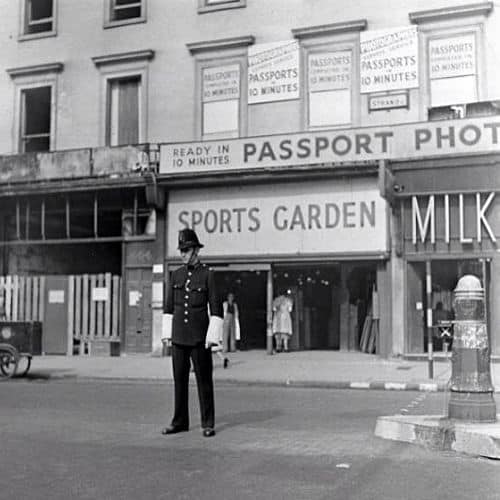Zachary Oberfield’s work Becoming Bureaucrats (2014) provides the academic community with a glimpse into the making of police officers and welfare caseworkers in the United States. Oberfield examines the way that these two groups are socialised within the first two years of their new careers in the public service sector by tracking their motivations, attitudes, and sense of self (or identity) at five critical points. The overarching question that Oberfield is trying to identify is whether employees of bureaucratic positions are drawn to the position because they possess a certain type of personality associated with bureaucrats (dispositional perspective) or because they are ‘bred’ as bureaucrats as a result of the training they receive once they cross the threshold into governmental public service (institutional perspective).

Oberfield argues that literature on organisational socialisation and street-level bureaucracy studies have provided evidence for the institutional theory in the past.
The author is careful not to give preference to one theory over the other, but states that both are important in outlining the concepts, theories, and perspectives that explain stability and change among the two groups at the focus of his study.
The core of Becoming Bureaucrats focuses on the three main factors that Oberfield outlines early on – identity, motivations, and attitudes.
He prefaces his discussion on entrant identity and attitudes by looking at those of veterans in each public service sector of his study as a means of comparison. Perhaps these veterans are a useful category to anticipate the developed attitudes of entrants as they progress through training and become veterans themselves. Oberfield examines how training and workplace influences have the potential to shape bureaucratic identity and attitude and how entrants confirm the legitimacy of March and Olsen’s (2006) Logic of Appropriateness theory through learned responses to clients. As Oberfield utilises interviews, surveys, and statistical analysis to delve deeper into these issues, he discovers that entry-level public servants typically maintained their initial motivations for accepting their position but simultaneously developed a set of identities that were situationally dependent on their interactions with the public.

Photo by Bosc d’Anjou (flickr, CC BY 2.0)
Oberfield concludes that socialisation is complex and influenced by both dispositional and institutional factors. He argues that the next step in understanding bureaucracies and bureaucratic socialisation is not to look at the creation of bureaucrats, but to look at the recruitment and self-selection processes involved in filling governmental public service positions, such as police officers and welfare caseworkers. Oberfield calls for more research on the individual changes that occur over time as opposed to cross-sectional studies at the group level.
There is a beautiful simplicity in Oberfield’s work that the organised mind can appreciate.
Laid out in an exceptionally methodical way, Oberfield keeps the reader informed at every step of the examination. However, one could argue that Oberfield is a little too rigid in his presentation. The continual preview, report, and summary of every major subheading and chapter is a somewhat tedious for the reader.
In his book, Oberfield and his series editors claim that the text provides practical advice to “elected officials and public managers on building responsive, accountable workforces” (2014:2). With such detailed breakdowns of statistical analysis, it is debatable that anyone outside of academia would reach for this book. It seems even more unlikely to consider that busy government officials, who have to answer to issues of funding and matters of protocol, would use Oberfield’s work as a practical manual. Despite this claim, Oberfield’s work is beneficial as a how-to piece of research. His clear outline and research design offer a fairly unique approach in scholarly research. His commitment to transparency is commendable.
References
Bourdieu, P. 1990. The Logic of Practice. Stanford, California: Stanford University Press.
March, J. and J. Olsen. 2006. “The Logic of Appropriateness.” In The Oxford Handbook of Public Policy, edit by M. Moran, M. Rein, and R. Goodin. 689-708. New York: Oxford University Press.
**********
Featured image by RV1864 (flickr, CC BY-NC-ND 2.0)






